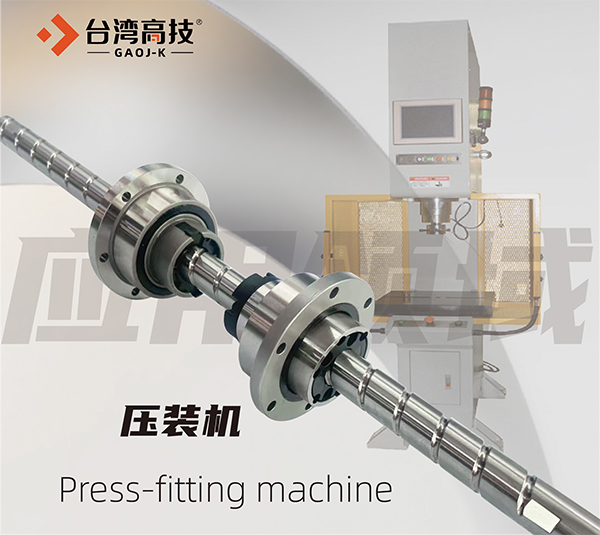Compared to ball splines, rotary splines can operate by rotating or stopping the nut/outer barrel. With just one shaft, it can perform three modes of motion (rotational, helical, linear), making it ideal for combination devices that require both rotational and linear motion. However, there are some details to consider when using rotary splines, as follows:
●Working environment and requirements: Different working environments and requirements may have different demands for the material, size, and precision of rotary splines. For example, equipment operating in high-temperature or corrosive environments will require rotary splines made of heat-resistant or corrosion-resistant materials. Additionally, the appropriate size and precision of the rotary splines should be determined based on the transmission power and speed of the equipment to ensure they meet the transmission requirements.
●Installation and debugging: When installing rotary splines, it is important to ensure the precision fit with the shaft and hole, avoiding either overly tight or loose fits. An overly tight fit may damage the rotary splines during installation, while a loose fit may affect the stability and precision of the transmission. During the debugging process, attention should be given to the smooth operation of the rotary splines and any abnormal noise or vibration. Immediate adjustments and handling should be made if necessary.
●Maintenance and care: During use, regular inspections of wear on the rotary splines should be conducted, and severely worn parts should be replaced promptly. Additionally, keeping the rotary splines clean and lubricated is important to prevent the accumulation of dust and dirt, which can lead to poor transmission or increased wear. The selection of lubricating oil should also be determined according to the working environment and material of the rotary splines to ensure good lubrication performance.
In addition, during use, it is essential to strictly follow safety operating procedures to avoid overloading or running at excessive speeds, which can damage or cause failure of the rotary splines. Ensuring that the rotary splines are always in optimal working condition can greatly enhance their operational stability and lifespan, showcasing excellent durability. For any further questions or procurement needs, please feel free to contact us for consultation!



